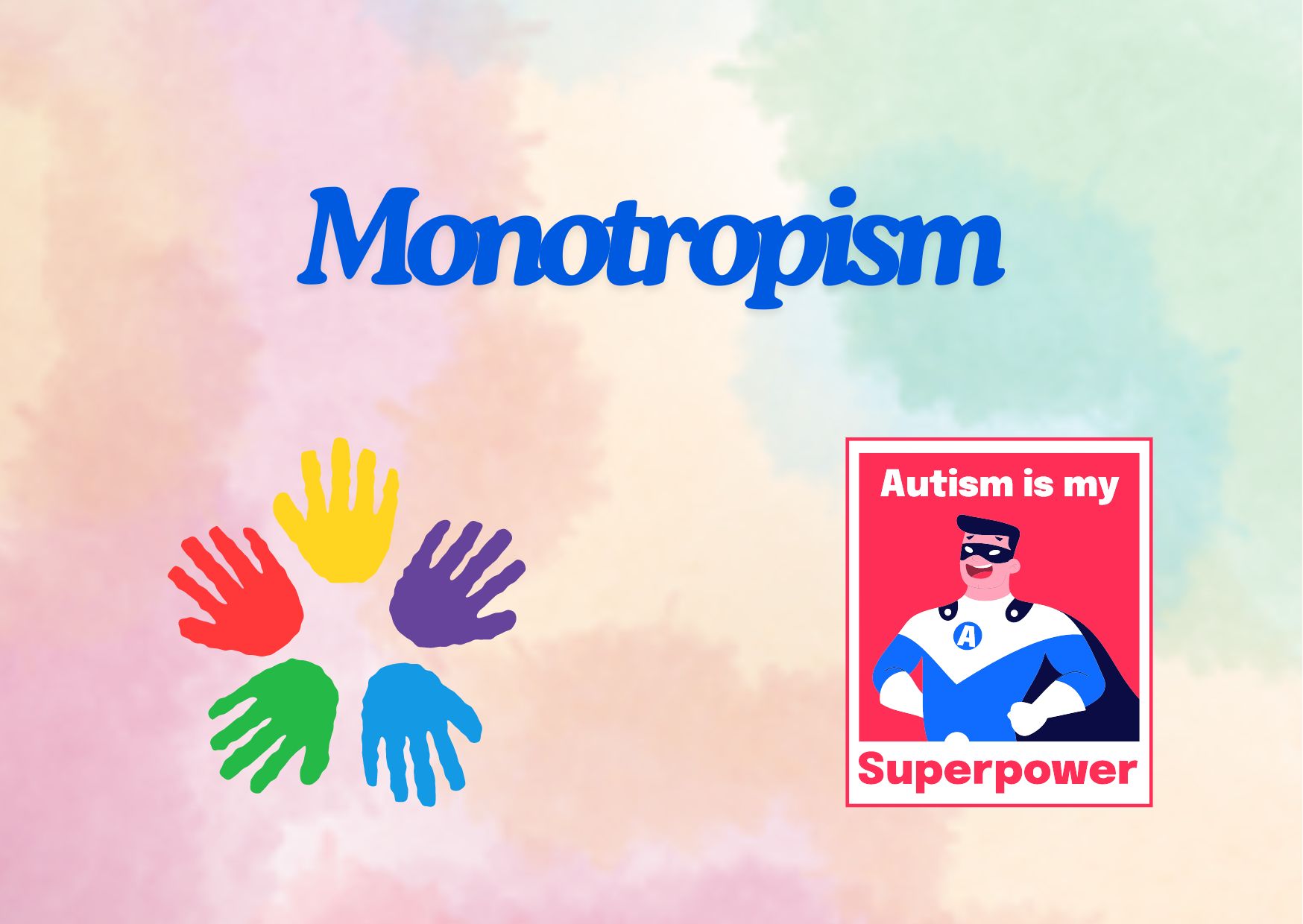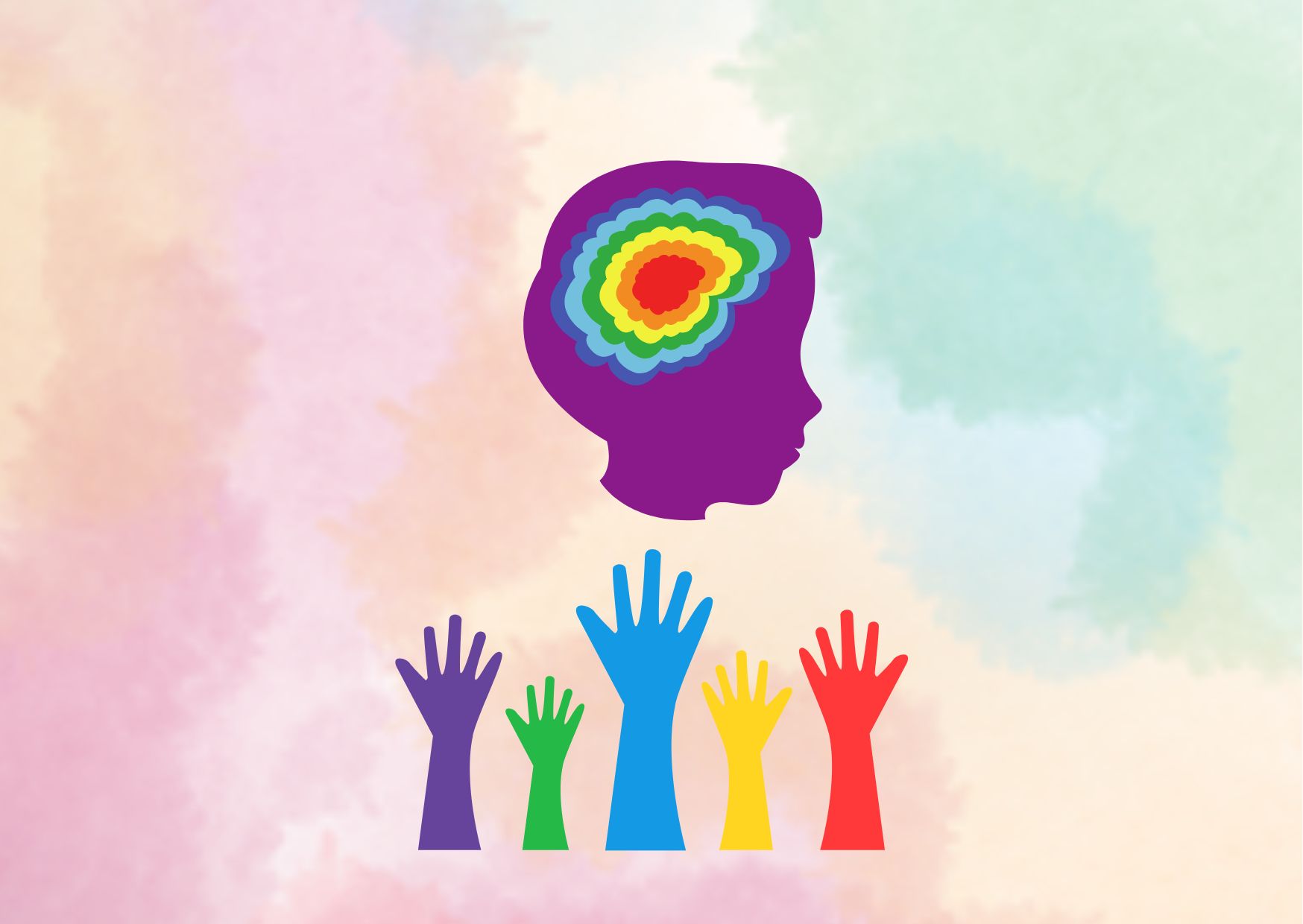9 Traits of Monotropism and the Autistic Experience
Monotropism, a cognitive style characterized by intense focus on a single interest or task, has a profound influence on the autistic experience. This unique way of processing information shapes how individuals with autism perceive the world, interact with others, and engage with their passions. Understanding monotropism provides valuable insights into the autistic mind, offering a framework to appreciate the strengths and challenges associated with this neurodevelopmental condition.
The concept of monotropism has implications that extend beyond cognitive processing, affecting sensory experiences, social interactions, and daily functioning for individuals on the autism spectrum. This article explores the various aspects of monotropism and its impact on autistic individuals’ lives. It delves into the monotropic mind, examines sensory experiences, discusses social interactions, and investigates the relationship between monotropism and autistic inertia. Additionally, it considers the implications for support and intervention strategies to enhance the quality of life for those with autism.
Understanding Monotropism
Definition and Origin
Monotropism is a theory that provides a comprehensive explanation for autistic cognition and the diverse experiences associated with autism spectrum disorder (ASD). Developed by autistic individuals Dinah Murray and Wenn Lawson, monotropism suggests that autistic minds tend to have their attention strongly drawn towards a smaller number of interests at any given time, leaving fewer cognitive resources available for other processes.
Key Concepts
The core idea of monotropism is that the mind operates as an “interest system,” where various interests compete for our attention. In neurotypical individuals, multiple interests are typically aroused simultaneously, allowing for a more flexible distribution of cognitive resources. However, in monotropic minds, fewer interests tend to be active at once, resulting in an intense focus on a specific interest or task while making it challenging to attend to things outside of that current attentional tunnel.
This cognitive style accounts for many features commonly associated with autism, such as:
- Intense interests and passions
- Sensory sensitivities (hyper- or hypo-sensitivity)
- Difficulties with task-switching and cognitive inflexibility
- Challenges with social interactions and communication
Relation to Autism
Monotropism provides a unifying framework that ties together the diverse characteristics of autism spectrum disorder. According to the theory, the monotropic mind’s tendency to concentrate resources on a narrow range of interests or concerns at any given time can explain the core features of autistic psychology, including the diagnostic criteria outlined in diagnostic manuals.
By understanding monotropism, we gain valuable insights into the autistic experience, reframing perceived challenges as manifestations of a unique cognitive style. This perspective helps appreciate the strengths and challenges associated with autism, paving the way for more effective support and intervention strategies tailored to the monotropic mind.
The Monotropic Mind
Attention Distribution
Monotropic minds have a distinct approach to distributing attention. Rather than dividing their focus across multiple interests simultaneously, they tend to concentrate their cognitive resources more intensely on a smaller number of interests at any given time. This results in an attentional tunnel, where the monotropic individual becomes deeply immersed in their current area of interest while tuning out or losing track of other stimuli and concerns outside that narrow field of focus.
Interest System
The monotropic mind operates as an “interest system,” where various interests compete for attention. In neurotypical individuals, multiple interests are typically aroused concurrently, allowing for a more flexible distribution of cognitive resources. However, in monotropic minds, fewer interests tend to be active at once, leading to an intense focus on a specific interest or task while making it challenging to attend to things outside of that current attentional tunnel.
Processing Resources
Monotropism is not a deficit but a different strategy for allocating processing resources or attention. While it offers advantages in terms of intense focus and depth of exploration within a particular area of interest, it also presents challenges in task-switching, cognitive flexibility, and attending to multiple streams of information simultaneously. The monotropic mind’s tendency to concentrate its processing resources on a narrow range of interests at any given time can explain many of the characteristics associated with autism spectrum disorder, such as intense interests, sensory sensitivities, and difficulties with social interactions and communication.
The monotropic cognitive style accounts for the autistic experience at an individual level, providing insights into the unique strengths and challenges associated with this neurodevelopmental condition. By understanding monotropism, we gain a framework for appreciating the diverse experiences of individuals on the autism spectrum and developing more effective support and intervention strategies tailored to their cognitive processing style.
Sensory Experiences in Monotropism
The monotropic cognitive style has a profound impact on how individuals with autism perceive and process sensory information. Monotropism’s intense focus on a single interest or task can lead to both hyper-sensitivity and under-sensitivity in different sensory domains.
Hyper-sensitivity
Monotropic thinking concentrates cognitive resources on a specific area of interest, resulting in heightened awareness and sensitivity to stimuli related to that focus. This intense concentration can amplify sensory experiences, making certain sounds, textures, or visual inputs feel overwhelming or distressing. For example, an autistic individual deeply engaged in a task might find the flickering of lights or the ticking of a clock unbearably distracting, pulling their attention away from their area of focus.
Under-sensitivity
Conversely, monotropism can also lead to under-sensitivity in sensory channels not directly related to the current area of focus. As cognitive resources are allocated primarily to the interest at hand, other sensory inputs may be filtered out or go unnoticed. This can manifest as difficulties in processing multiple streams of information simultaneously or seeming oblivious to certain environmental stimuli.
Sensory Overload
When sensory input becomes too intense or overwhelming, individuals with autism may experience sensory overload. In such situations, engaging in repetitive behaviors like stimming (rocking, hand-flapping, or vocalizing) can provide a predictable and controlled sensory input, helping to filter out other distracting stimuli and regain focus or manage overwhelming feelings.
- Anxiety and Vigilance: Sensory overload can be exacerbated by anxiety, which is often associated with heightened vigilance and a tendency to scan the environment for potential threats. When an aversive sensory stimulus is detected, the monotropic attentional style may intensify the focus on that stimulus, worsening the overload and creating a cycle of increased anxiety.
- Multisensory Integration: Some individuals with autism may struggle with integrating sensory stimuli from multiple modalities, such as vision and hearing. This challenge could be related to the monotropic attention tunnel, which hyper-focuses on particular stimuli or aspects of stimuli, making it difficult to combine information from different sensory channels.
- Rumination and Mental Health: Monotropism’s influence extends beyond external sensory stimuli. The intense focus and difficulty shifting attention can contribute to rumination, where thoughts become fixated on a particular topic or concern. While environmental factors and life experiences play a significant role in autistic mental health, monotropism may exacerbate challenges related to rumination and other mental health conditions.
Understanding the sensory experiences associated with monotropism is crucial for developing effective support strategies and accommodations for individuals on the autism spectrum. By recognizing the unique cognitive processing style and its impact on sensory perception, we can create environments and interventions that cater to the specific needs of monotropic minds.
Suggestion for read: 16 Symptoms of Executive Dysfunction
Social Interactions and Monotropism
Communication Challenges
Communication is a multifaceted process involving various channels such as words, tone of voice, facial expressions, and body language. Most neurotypical communication relies on the simultaneous use of these channels, with the expectation that both parties will engage in this complex interplay. However, monotropic minds tend to focus on a smaller selection of channels at any given time, leading to challenges in communication.

